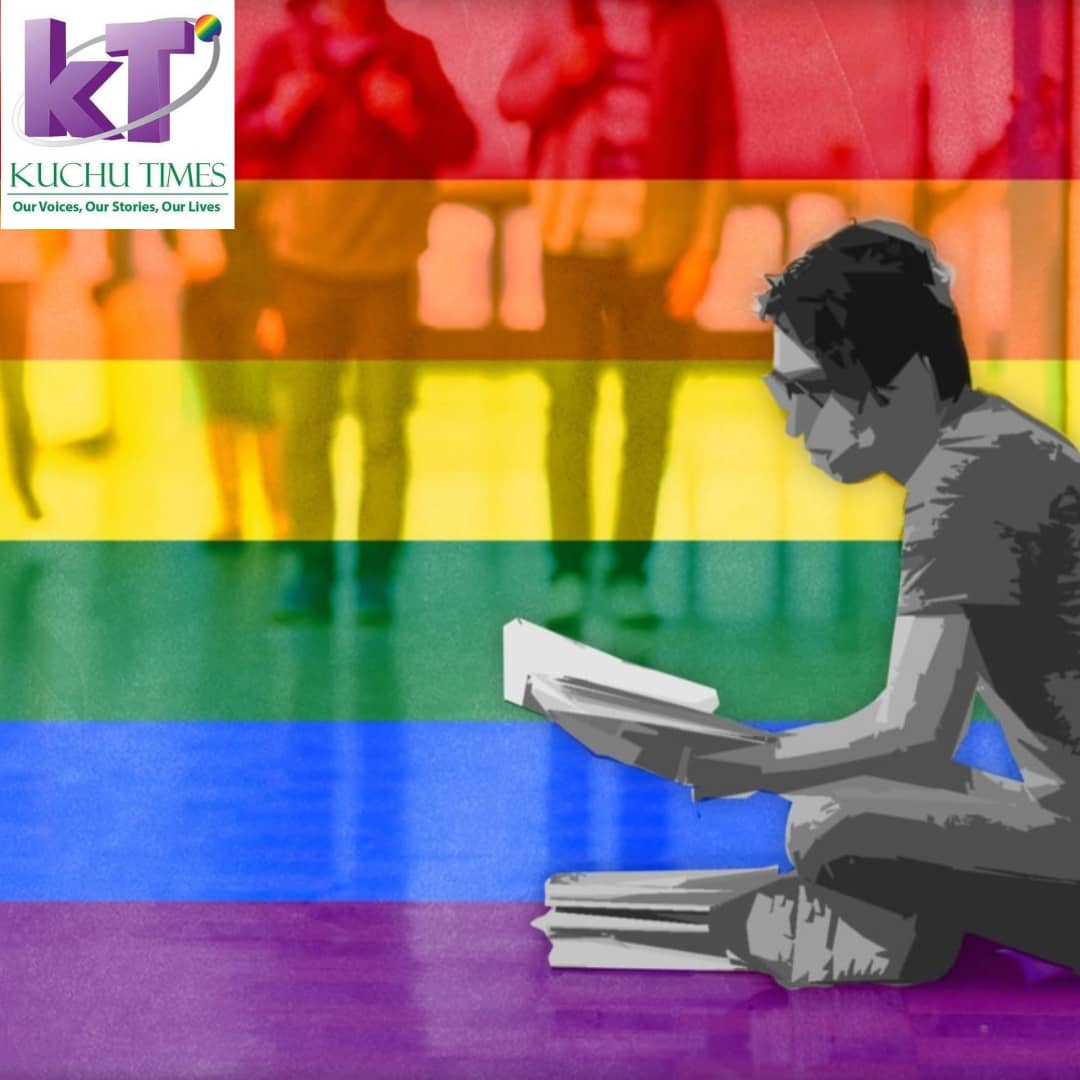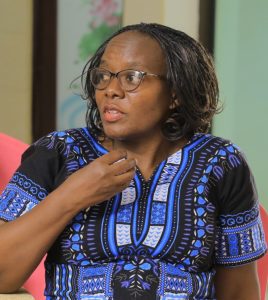When the Ministry of Education and sports tried to have the National Sexuality Education Framework (NSEF) 2018 adopted into the school education curriculum, the faith-based organizations (FBOs), who are the major stakeholders, owning over 60% of all schools in Uganda, rejected it. The FBOs claimed that the National Sexuality Education Framework would encourage immorality amongst school going children than protect them.
Once again, it was exhibited that faith-based organizations, in their self-claimed molarity policing of the country, failed a policy that would have helped children access age appropriate information about sexuality and empower them to identify and respond to unwanted sexual advances by their superiors or fellow students.
A lot of information is trending on both traditional and social media on how homosexuality is being promoted into Ugandan, especially affluent schools. Some stories have reported students, particularly male, being coaxed into sexual acts by their own male teachers, male students and also part of schools’ male staff.
What is clear here is that children are being sexuality abused by either school staff or their fellow students and it has nothing to do with homosexuality, but everything to do with child sexual abuse- an issue that could have been greatly minimized with the right information found in the National Sexuality education framework.
Table 6 of the framework sub-titled ‘Sexuality and Human Development.’ has multiple clauses that high light important subjects some of which include: “all children are created equal in God’s Images as unique and special,” and “unacceptable forms of body touch by self or other people,” and raises a relevant question of “what makes an individual have a unique identity?”
Such clauses not only promote kindness to every individual regardless of their sexuality, they also promote self-awareness, self-love and helps develop refusal skills in children who find themselves in unhealthy sexual circumstances. The clauses empower children to identify wrong body touching and refuse such touching and report to the nearest authorities about the matter. Other clauses in the framework informs and educates children from the age of 3-17 on sexuality, hygiene, STI/STDs, early pregnancies etc.
All this great information is supposed to enhance children’s understanding on sexuality in both males and females. It is meant to give them a voice where its lacking, particularly in an era where traditional sexuality education is diminishing, and the roles of the sengas and the kojjas is almost nonexistent to many children because the parents are either too busy or too shy to talk to them about sexuality.
So, having a framework that identifies these gaps and tries to bridge them should be embraced by the stakeholders of the education sector. After all, multiple consultations were made by the Ministry of Education to all the stakeholders and by the time the now rejected framework was introduced for adaption, all the relevant concerns must have been addressed.
But, no, that wasn’t enough, the major stakeholders would rather rely on school matrons and senior women teachers’ individual assorted knowledge on sexuality than a uniform well- researched guideline on sexuality education as provided by the National Sexuality Education Framework which mostly incorporates religious principles in its drafting.
The Uganda National Strategic Plan on Violence Against Children in Schools,2015 indicates that a majority of students in Uganda are sexually abused while in school and that sexual harassment and its impact on education attainment is a rampant yet understudied problem with both school teacher and students culpable for the crime.
A 2020 report by Bantwana Initiative of World Education carried out in Uganda on defilement and sexual harassment shows that, “19% of children reported that they had ‘played sex’ with an adult in the past six months. Of the 47% of children that reported receiving a ‘bad touch’ in the past six months, 50% identified a caregiver as the perpetrator, 33% identified a teacher and 17% identified a friend, stranger, or another family member as the perpetrator. Of the 32% of teachers that reported knowing a child that received a bad touch in the past six months, 56% (majority) identified a fellow student as the perpetrator. Where children knew a child that received a bad touch, 34% of children talked with a teacher and 25% talked to a friend.”
It should also be noted that in a country where the education system seems to be weakening than advancing due to various factors such as teacher absenteeism, hungry children attending classes, late teacher pay, unregulated high school fees, a talk on homosexuality seems to fit the perfect propaganda to divert people from the actual reality of a failing education system.
Both boys and girls have been victims of child sexual abuse, but of late the trend on homosexuality in schools seems to cloud the whole pedophilia issue which needs to be addressed because it should be a concern to everyone and that is where we should focus as a country- to end child molestation.




